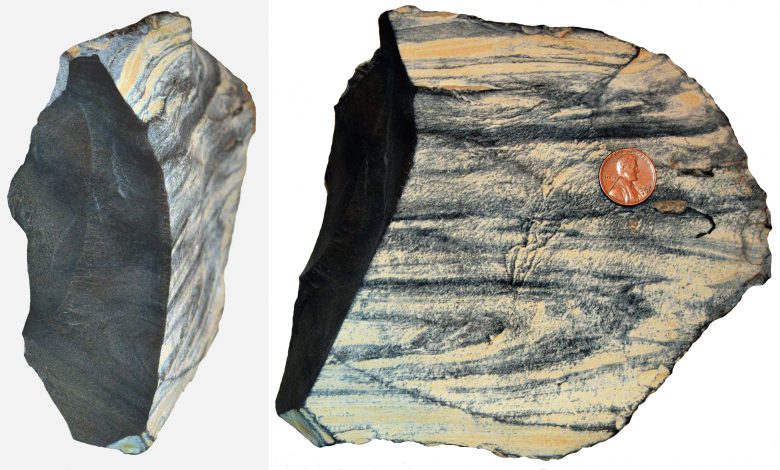Shale is shaking

This quarter has brought on even more speculation that the high production of shale, called the “shale boom,” is slowing down in the United States. NPR reported in late November that oil demand is dropping, alongside prices, “signs of a crisis that’s quietly roiling the industry” the media outlet stated. Since the beginning of 2019, oil production increased by one percent, compared to seven percent from the last year. Exploration efforts are steadily decreasing, rigs are going out of commission, and investment dollars are being kept in pockets.
But what is shale?
Shale is a fine-grained sedimentary rock with relatively low permeability that can be rich sources of oil and natural gas. In black shale, organic matter produces fossil fuels that are then trapped within the rock. This type is found all over the United States. The Barnett Shale in Texas is one of the most prominent plays (accumulation of the resource) in the United States. This location allowed for the experimentation of different extraction methods over the span of several decades. Domestic shale formations can be found in Louisiana, Oklahoma, northern Appalachia, and in other areas in Texas.
The shale boom
Known under several names, the growth of shale (or the “Shale Revolution”) was the start of U.S. fracking and horizontal drilling weaning the country off global energy exports. Global oil and natural gas have only recently diversified from the Middle-Eastern driven industry; the United States began to make its mark in the early 2010s. It was recognized from the beginning that the United States had a considerable amount of natural gas, far enough to make it the largest global producer of oil. However, as was noted by the Harvard Kennedy School, the characteristics of shale and the methods to drill for it make it “extremely vulnerable” to price drops (Maugeri 2013). Yet, the industry kept on pumping.
The game of the rush to shale was to bring as many wells online as possible because productivity drops after the first few months after fresh drilling. And this wasn’t just driven by big names in oil. Small, independent companies were the backbone of the boom (Rafieyan, 2019). The excitement of the shale boom has deep roots in the United States’ urgency to become energy dependant. This — the newest of the American dreams — pushed exploration and blind investments.
Now, what’s happening?
Shale accounts for two-thirds of domestic oil production and a majority of the growth for the oil industry. However, there has been a decline in production since 2018.
The shale oil industry is faltering and employees are feeling that pressure as well. Where oil rig operators and minors were offered yearly contracts, they’re now hopeful they will make it to the next project. Companies are in hiring freezes and laying people off by the thousands (Chapa, 2019). News reports have confirmed that prices are dropping and companies are struggling to meet their bottom lines. These are the same small, independent companies that sparked the “revolution”. One investment analyst told NPR that this mostly has to do with the way business is run in domestic shale. The analyst said that these companies were too heavily dependant on investors, spending more than they were drumming from the ground.
Sources
Darius Rafieyan (2019). “As Oil Prices Drop And Money Dries Up, Is The U.S. Shale Boom Going Bust?” NPR
The University of Texas at Austin. “The U.S. Shale Revolution.”
Leonardo Maugeri (2013). “As Oil Prices Drop And Money Dries Up, Is The U.S. Shale Boom Going Bust?” Belfer Center for Science and International Affairs, Harvard Kennedy School
Sergio Chapa (2019). “Halliburton cuts 8 percent of North American workforce amid fracking slump” Houston Chronicle




